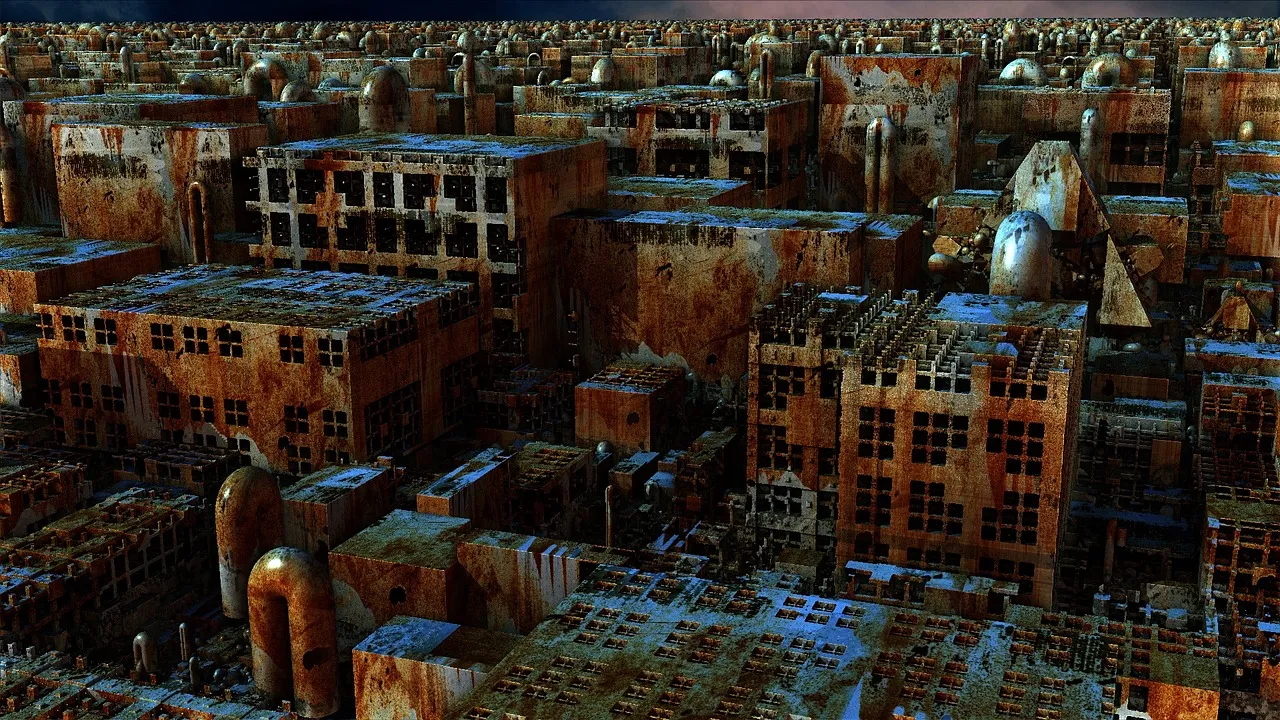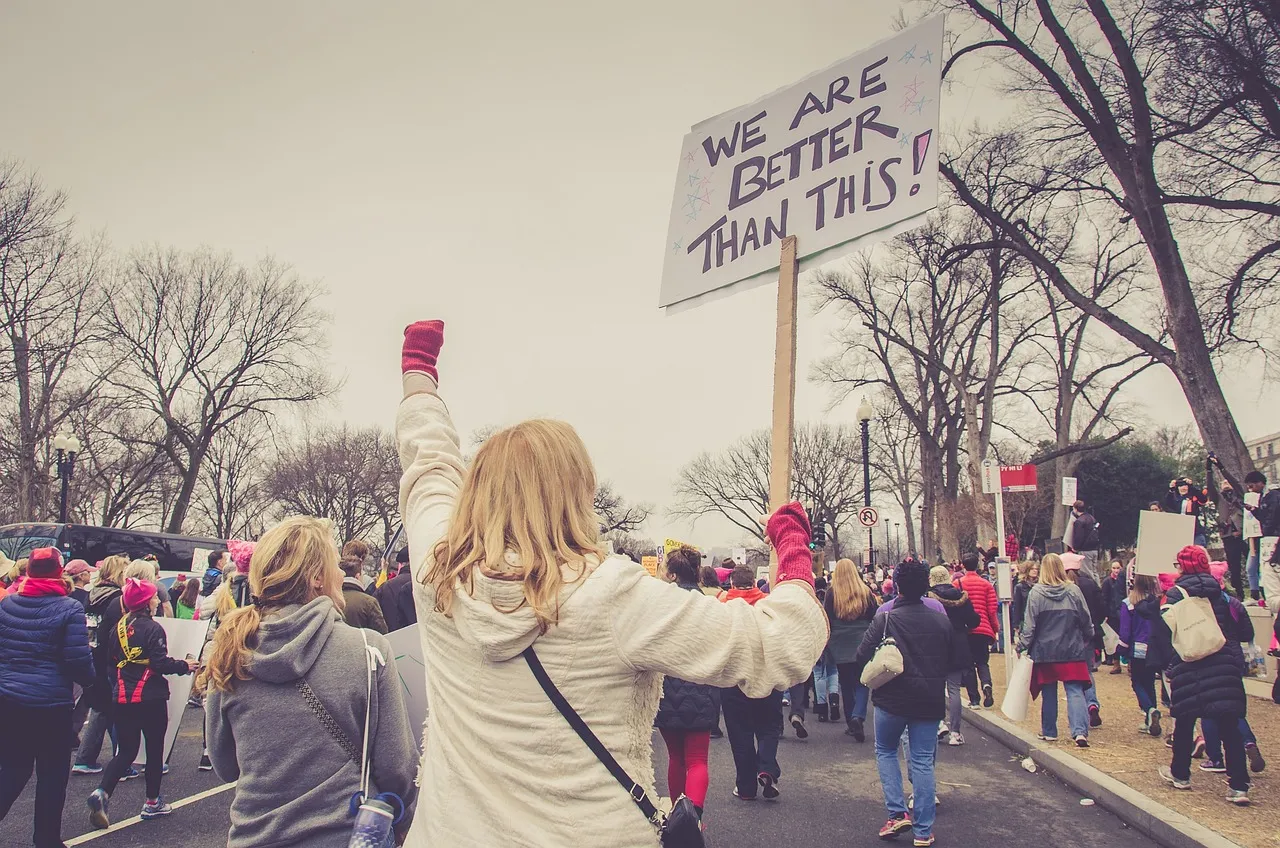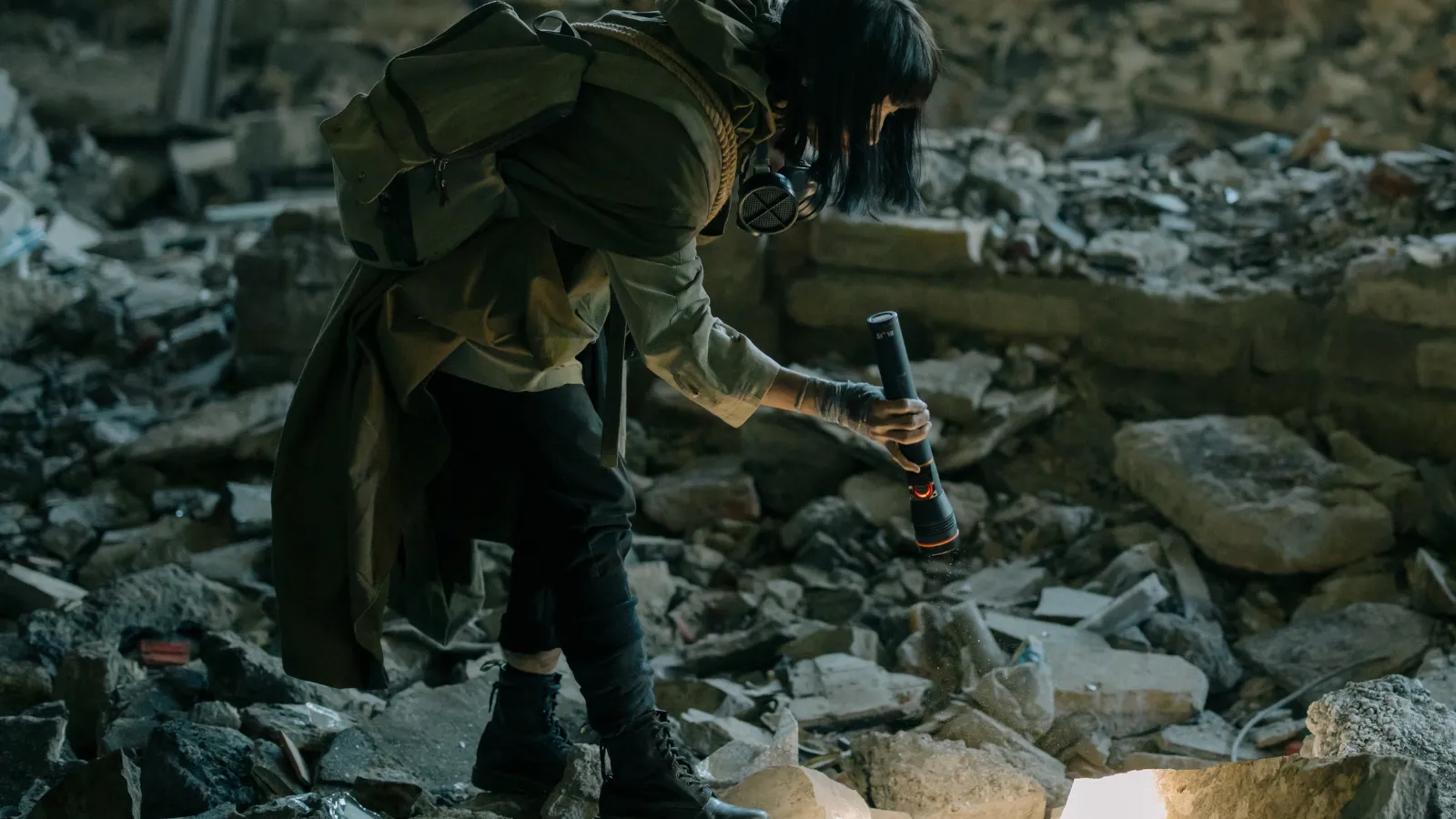How Accurate are Dystopian Novels, Really?
Dystopias became increasingly popular in the last few decades of the 20th century, and in the 21st century, our appetite for them shows no signs of slowing down. Authors have created worlds ruled by iron-fisted authoritarian governments or ravaged by disease, worlds collapsing as a result of climate change, or worlds where one social demographic has absolute power over another. The dystopian genre has been used to address and explore a vast number of social issues, including gender, racism, disablism, pollution, dictator-run governments or unregulated capitalism. Many dystopias take place after a disaster or another major event that upends our current world, while others are set in a world that has always existed in the way the book describes — at least, until the plucky heroes challenge the status quo. Sometimes, the heroes win, and a new, more equal future is promised. Other times, the evils of the dystopia are simply too great to overcome, and the heroes are crushed by the regime.
Classic dystopias include books like Aldous Huxley’s Brave New World (1932), which takes a sly look at rampant consumerism that, while chilling, in some ways has underestimated 21st century capitalist excesses. There’s also George Orwell’s 1984 (1949), a scathing look at authoritarianism that has been used by critics to condemn everything from fascism and Stalinism to bigots being mildly scolded in public. Margaret Atwood’s The Handmaid’s Tale (1985) tells the story of a vicious religious theocracy that forces women into total subjugation, while Fahrenheit 451 (1953), written in the shadow of McCarthyism, looks at the dangers of government censorship. We also have more modern dystopias, like Suzanne Collins’s The Hunger Games (2008), Kazuo Ishiguro’s Never Let Me Go (2005), and N. K. Jemisin’s The Fifth Season (2015). These recent books look at issues like environmental disruption or the exploitation of children, as well as drawing on classic dystopian themes like the horror of corrupt, authoritarian governments.
Why, as readers, are we so drawn to these dystopian stories? It may be because of anxiety — reading about possible awful futures feels like preparation, with the sense that if we learn how to spot a shift into dystopia, we may be able to stop it happening. (After having lived through the past few years, I’m less convinced that this is a solid approach.) It may also be a way of exploring our feelings about current injustices and horrors. We might also love reading dystopias because all dystopian stories involve some sense of hope: there is always an individual or a group fighting against the story’s central injustices. Whether these heroes are successful or not depends on the story, but reading about the fight can still be inspirational, even in a dystopian story with a sad ending.

What Makes a Good Dystopia?
Having read many dystopian novels, I’ve noticed that they fall into two broad categories — let’s call them human-driven and natural disaster. Natural disaster dystopias come about following an event such as a devastating pandemic, as we see in books like Station Eleven, or a weather- or geological-based phenomenon, like the super-hurricane in The Wind From Nowhere. Human-driven dystopias are created by corrupt, powerful people, such as The Party in 1984, the elitist matriarchal society in K. L. Kettle’s The Boy I Am, and many others. Of course, there are many crossovers; the rise of climate change-inspired dystopias involve natural disasters driven by human destruction, and many stories focus on corrupt governments exploiting the chaos caused by natural disasters. In both categories, we often see the worst of humanity come out, either under the pressure of the dystopian society, or as a result of the opportunities for control and power that arise in a time of disruption.
Why are we so fascinated by dystopias? One likely reason is because they allow us to confront our anxieties about what is to come, in the safe environment of a book. Similar to horror, dystopia lets us explore the worst possibilities and feel the catharsis of the resolution as the story ends, even if that ending is dark or hopeless. Dystopia also confronts us, by showing us exaggerated (or not-so-exaggerated) versions of current social problems, encouraging us to recognise these issues and perhaps inspiring us to fight for change. Many of the most successful and memorable dystopias connect directly to recognisable real-world events or trends. The Handmaid’s Tale was written in the shadow of the Reagan administration and the rise of the religious right in the U.S., 1984 drew heavily on Orwell’s personal experience of fighting authoritarian regimes, and The Hunger Games takes the unethical aspects of reality TV to the most horrifying extreme. One of the most frightening aspects of dystopian fiction, and one of the underlying fears that the genre confronts, however, is not overt violence, but the fact that the vast majority of people in the stories go along with the dystopian system, either participating in it or doing nothing to stop it. In dystopian novels, the heroes who resist are often few, but is this true in reality?
The Reality of Disaster Studies
One of the most common scenarios in dystopian fiction where the dystopia follows a disaster is how quickly the fictional society falls in line, or becomes its worst, with the new dystopian reality. In The Handmaid’s Tale, the Sons of Jacob take over the U.S. following a staged attack on the U.S. government, and while there is some resistance, the new regime consolidates its power very quickly. While the Mayday network exists and works to undermine Gilead, it’s clear that the majority of people are simply keeping their heads down and trying to survive. In the Cold War era novel Brother in the Land by Robert Swindells, the characters see society completely disintegrate after nuclear war, and spend the rest of the bleak story dodging fascist paramilitary groups and cannibals in the irradiated wastelands.
However, real-world disaster studies, as explored both by TikToker Matt Hershberger and the Behind the Bastards podcast’s episode on “elite panic”, often see the majority of people engaging in solidarity and altruism in the wake of a disaster. Hershberger discusses the New Jersey boaters who banded together to evacuate Manhattan Island on 9/11, while Behind the Bastards talks about the mutual aid communities that sprang up after the Wall Street Crash. A close look at the aftermath of disasters shows that issues such as looting are often vastly exaggerated by local governments in order to justify enacting measures of control, and generally, the group most likely to show the worst sides of their humanity are the 1% who benefit from the pre-disaster system and risk losing this position in a mutual aid-focused future. The reality of altruism in the face of disaster has been covered in many nonfiction books, such as Rebecca Solnit’s A Paradise Built in Hell and the collection Pandemic Solidarity: Mutual Aid During the COVID-19 Crisis, both of which look at ways that communities have pulled together following natural or human-made disasters. Similar stories have been explored in fiction; in Nadia Mikail’s The Cats We Meet Along the Way, we find ourselves in a world waiting for the apocalypse in the form of a massive meteor strike, but the story follows a small community pulling together and treating each other with kindness and understanding in their final days — the end-of-the-world society effectively becomes an apocalyptic utopia, rather than a dystopia.
Real-World Dystopias
Many dystopian stories seem to ask the question “what if these awful things, which are already happening to marginalised people, started happening to white, cishet characters? How terrible would that be?”
For many groups in society, dystopias are far from fictional. As mentioned earlier, The Handmaid’s Tale was based on real-world violence against women and girls, such as the rape and forced impregnation of enslaved Black women. Malorie Blackman’s Noughts and Crosses series is a dystopia for white readers, but, as with The Handmaid’s Tale, nothing happens in the books that has not happened to Black people in the real world (the first book contains a scene that is a direct, racebent analogy to the Little Rock Nine attending school for the first time).
Similarly, people of marginalised genders and sexualities have often been the subject of dystopian policies in the real world. The AIDS crisis in the ’80s and ’90s saw government officials ignoring and often laughing about an illness that was primarily killing gay men, and it took a long fight by activists to ensure that the virus was taken seriously and research funded. In the last few years, we have seen a staggering rise in anti-trans bills and policies that are transparently aimed at excluding trans people from everyday life — in my home country of the UK, one of our most influential equalities organisations issued advice designed to promote excluding trans women from any women’s space, from changing rooms to book groups, and claimed that doing so was not transphobic. British trans people also face constant demonisation in the press, with a disproportionate number of articles in mainstream papers, most of them negative, focusing on trans people.
One frequent criticism of the dystopian genre is that many stories seem to ask the question “what if these awful things, which are already happening to marginalised people, started happening to white, cishet characters? How terrible would that be?” When this story is being written by an author who has personally faced marginalisation and bigotry, such as Noughts and Crosses author Malorie Blackman, a Black British woman, we can see that this is an important way of exploring and highlighting real-world inequities. However, when the author is privileged on multiple axes, as many dystopian authors are, it can seem to imply that harmful social structures only become dystopian when privileged people suffer the same inequities that marginalised people have throughout history.
Dystopias often tell stories of futures that we fear we won’t survive — a world on the brink of ending, or a society on the verge of self-destructing. However, there have been many points in history where we have feared that the world is about to end, often as a result of war or widespread illness. While it is important to remember that many people have not survived these times, and many have suffered unnecessarily as a result of greed, bigotry or apathy, we can also reflect that humans have pulled together and pulled through. Dystopias show us the worst possibilities, but reality shows that, more often than not, people keep fighting for each other and for a better future.

If you’re fascinated with natural disaster dystopias, try our list of 5 Eco-Dystopian Novels That Explore Environmental Worst-Case Scenarios. For a deep dive into the dystopian genre itself, have a look at The Future is Now: 40 of the Best Dystopian Novels.



